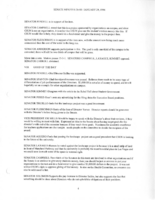Search the Special Collections and Archives Portal
Search Results
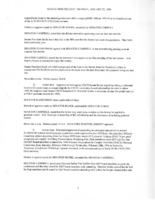
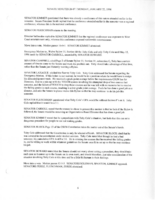
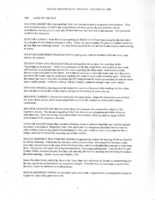
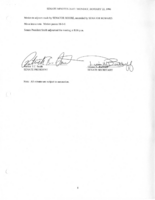
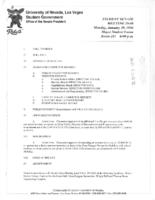
Meeting minutes for Consolidated Student Senate University of Nevada, Las Vegas, January 29, 1996
Date
1996-01-29
Archival Collection
Description
Includes meeting agenda and minutes. CSUN Session 26 Meeting Minutes and Agendas.
Text
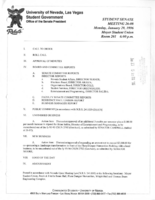
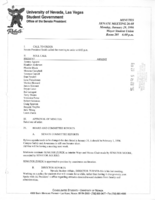
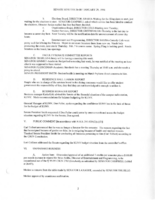
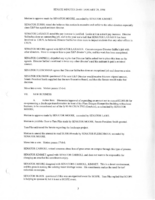
Pagination
Refine my results
Content Type
Creator or Contributor
Subject
Archival Collection
Digital Project
Resource Type
Year
Material Type
Place
Language
Records Classification

